Animal Protection
concerns us all!
We've done a lot ...
but there's so much more to be done!

We've done a lot ...
but there's so much more to be done!

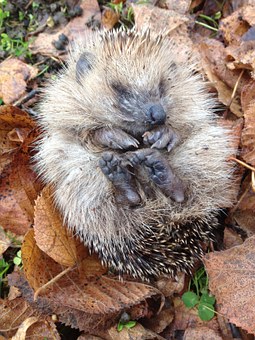
In order to be able to offer these lovely stinglers a fine home in our gardens, we should pay attention to some details. At the winter quarters, care must be taken that it is not too warm - the animal might wake up too early from its winter sleep. For the summer a sleeping place which is minimally equipped will do, as well as a throwing place for the hedgehog mother. This should be well protected and sealed, which keeps the offspring from being cooled down and protected from enemies. Piled up twigs or covered heaps that are wind-sheltered, shady and dry are suitable, e.g. a place neneath a hege. Leaf piles in hollow spaces such as under garden houses, tree trunks or under tree roots are favorite places for the hedgehog. They are also likely to take pallets on which bricks, wood or similar are stacked as dwellings. Lay it out with straw and it becomes even more comfortable. Of course, compost heaps are of great popularity. Here on the one hand hedgehogs find a suitable shelter and at the same time food. Of course you can build a hedgehog house yourself or use a prefabricated house. Hedgehogs are eager to take this support and look at the cottage as a natural hiding place..
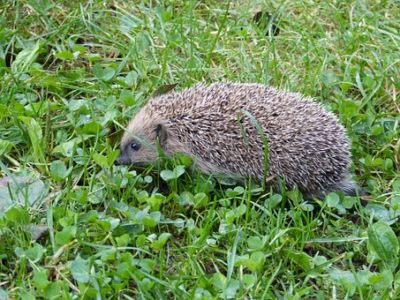
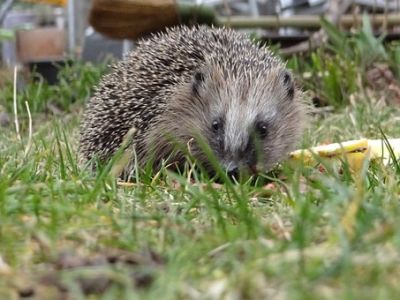
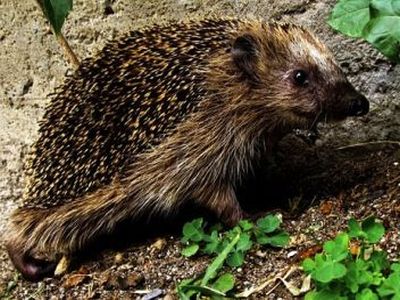
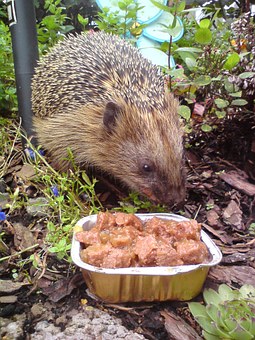
The hedgehog house can remain in the garden all year round. It serves as a day-sleeping place, as a nest for the raising of the young or also as a feed house. Such hedgehog castles can be built from wood as well as from stone. The best sites are located in quiet and shady garden corners, such as bushes. The entrance should be on the side opposite wheather. In the rain, no water should form in the hedgehog house. In order to avoid stunts under the house, a layer of gravel or sand is applied. It must also be ensured that dogs and cats do not interfere with the stinging animals. If the dwelling is occupied and the hedgehog is in it - please do not disturb. If the animals find enough food, it is counterproductive to feed them. Shortly after awakening in the early spring or in the autumn after a premature winter break, in other words in low-nutritive times, this is again sensible. The animals are insectivorous - fruit and vegetables are not on Hedgehog's diet. In low-feed times, these animals arealso very satisfied with cat food.
SOURCE : http://igel-in-bayern.br.de